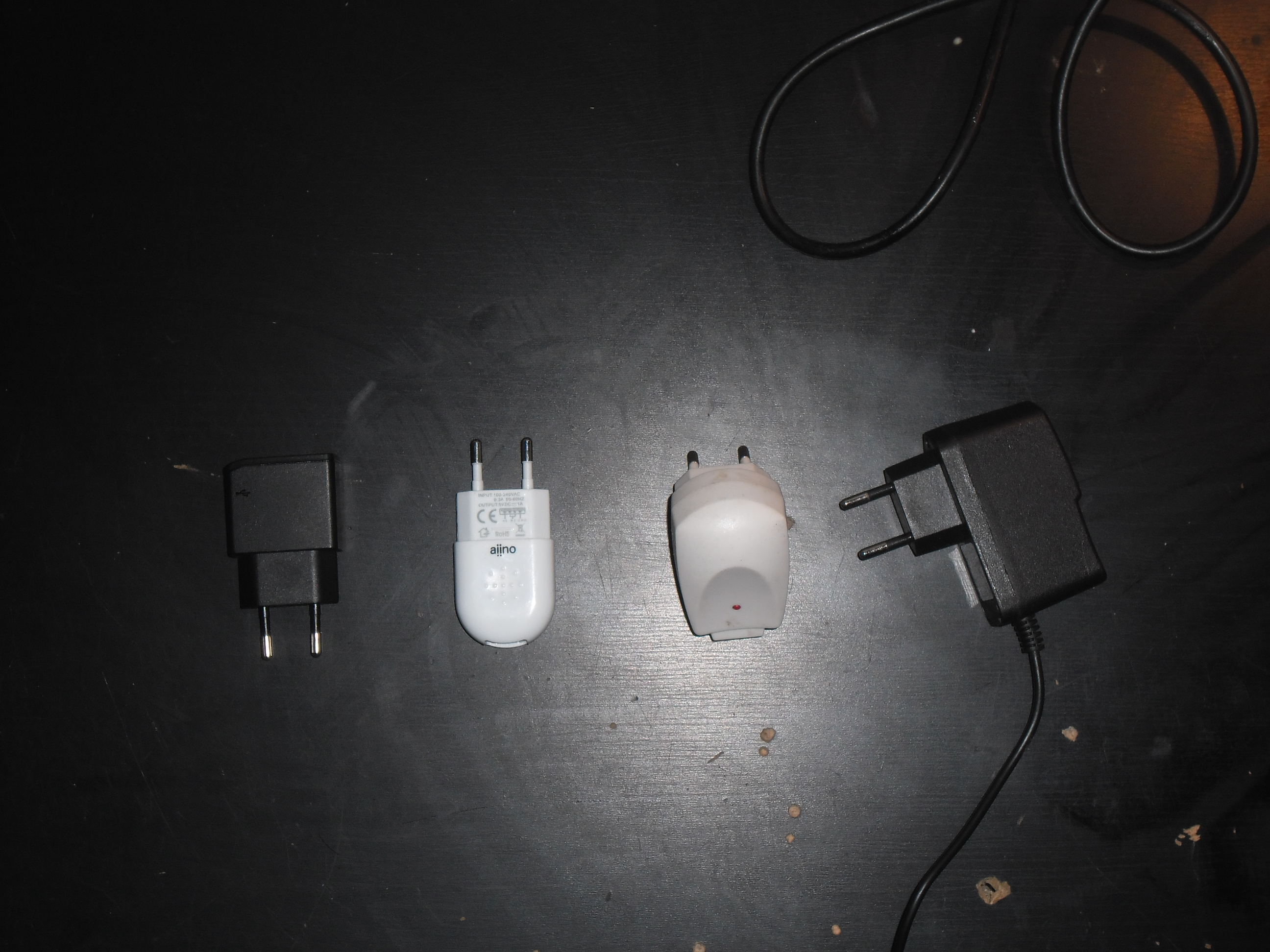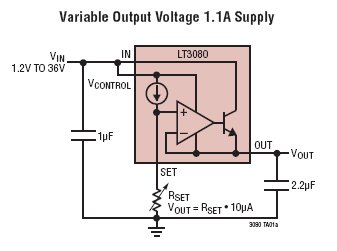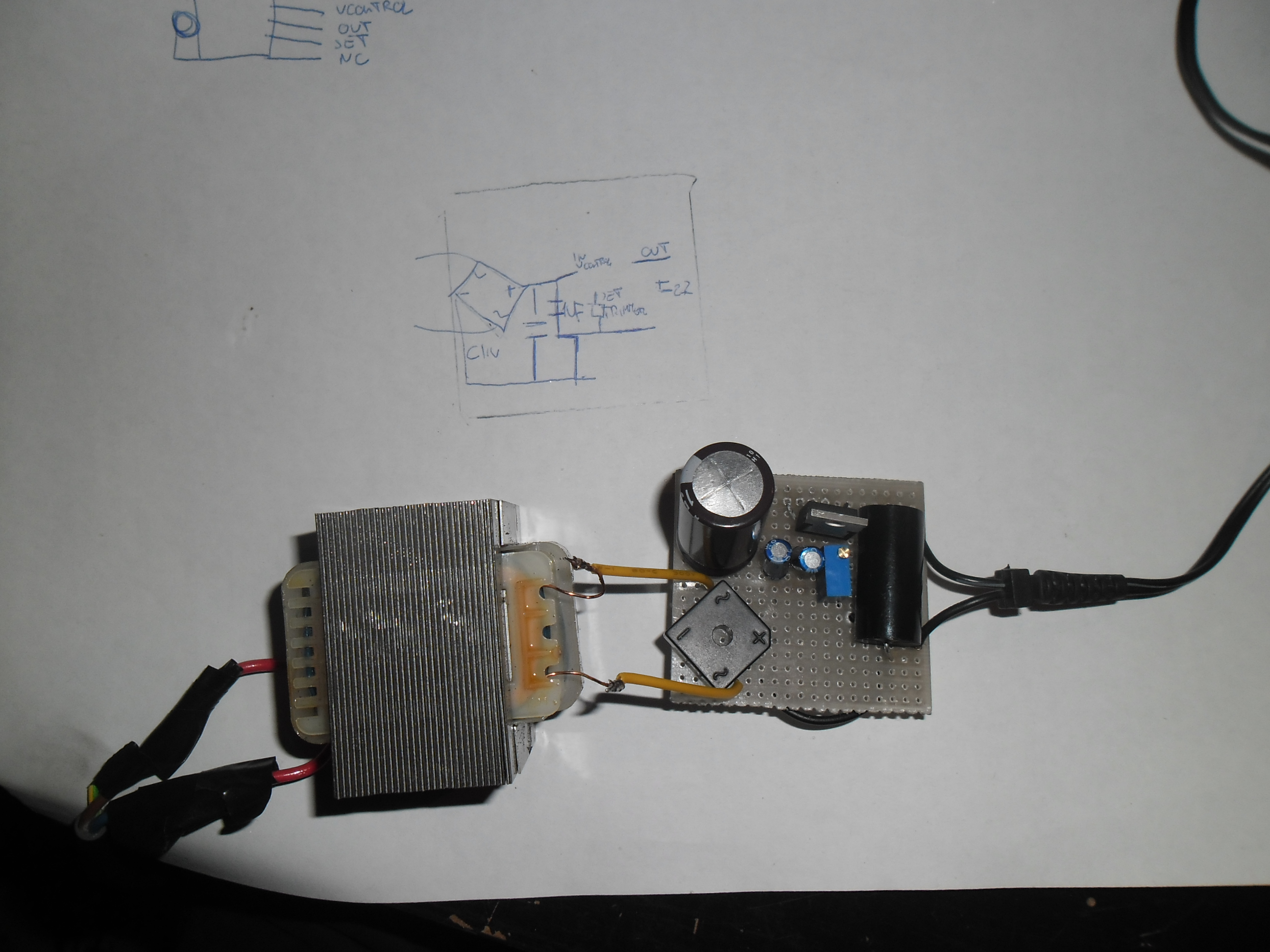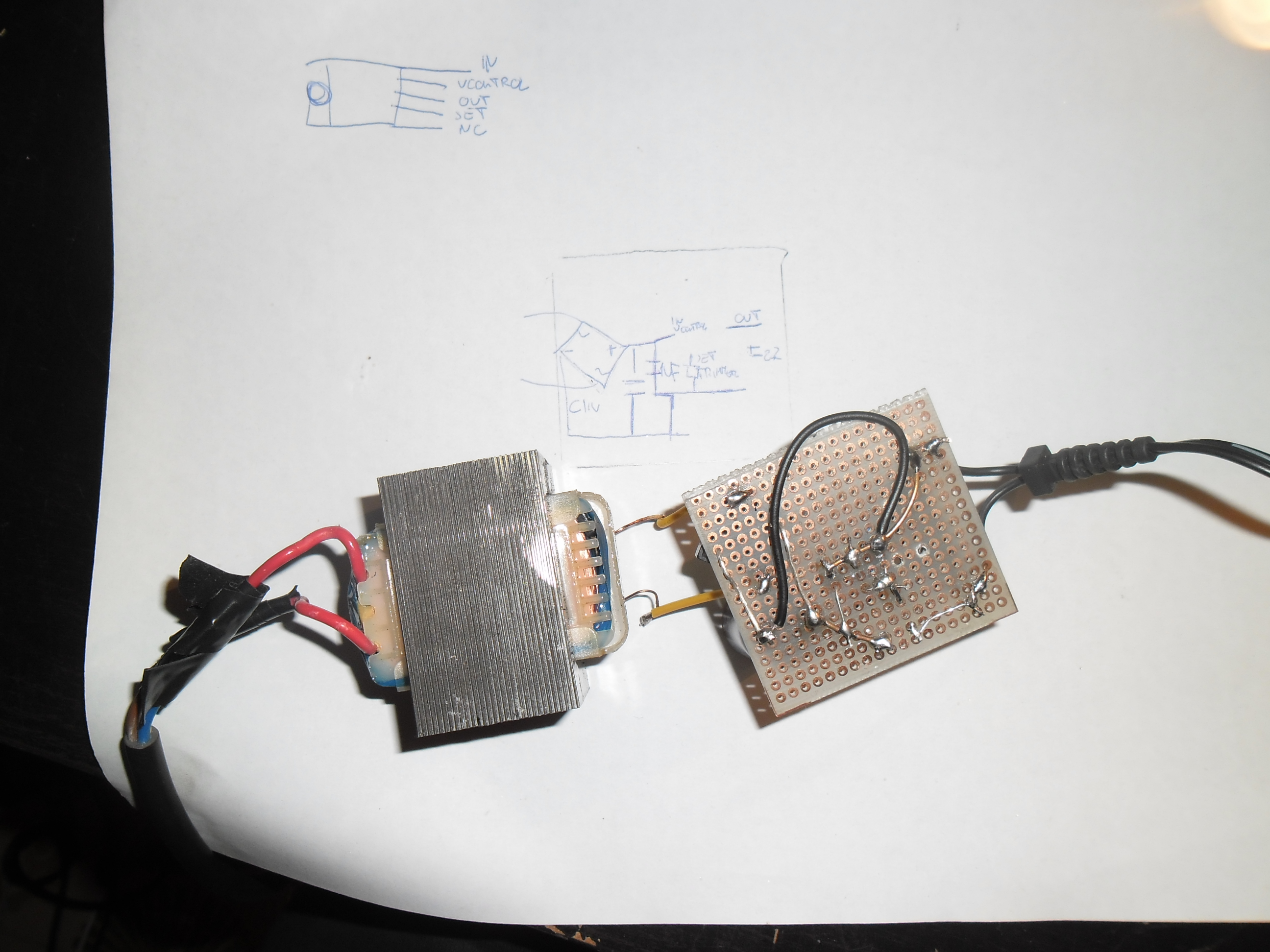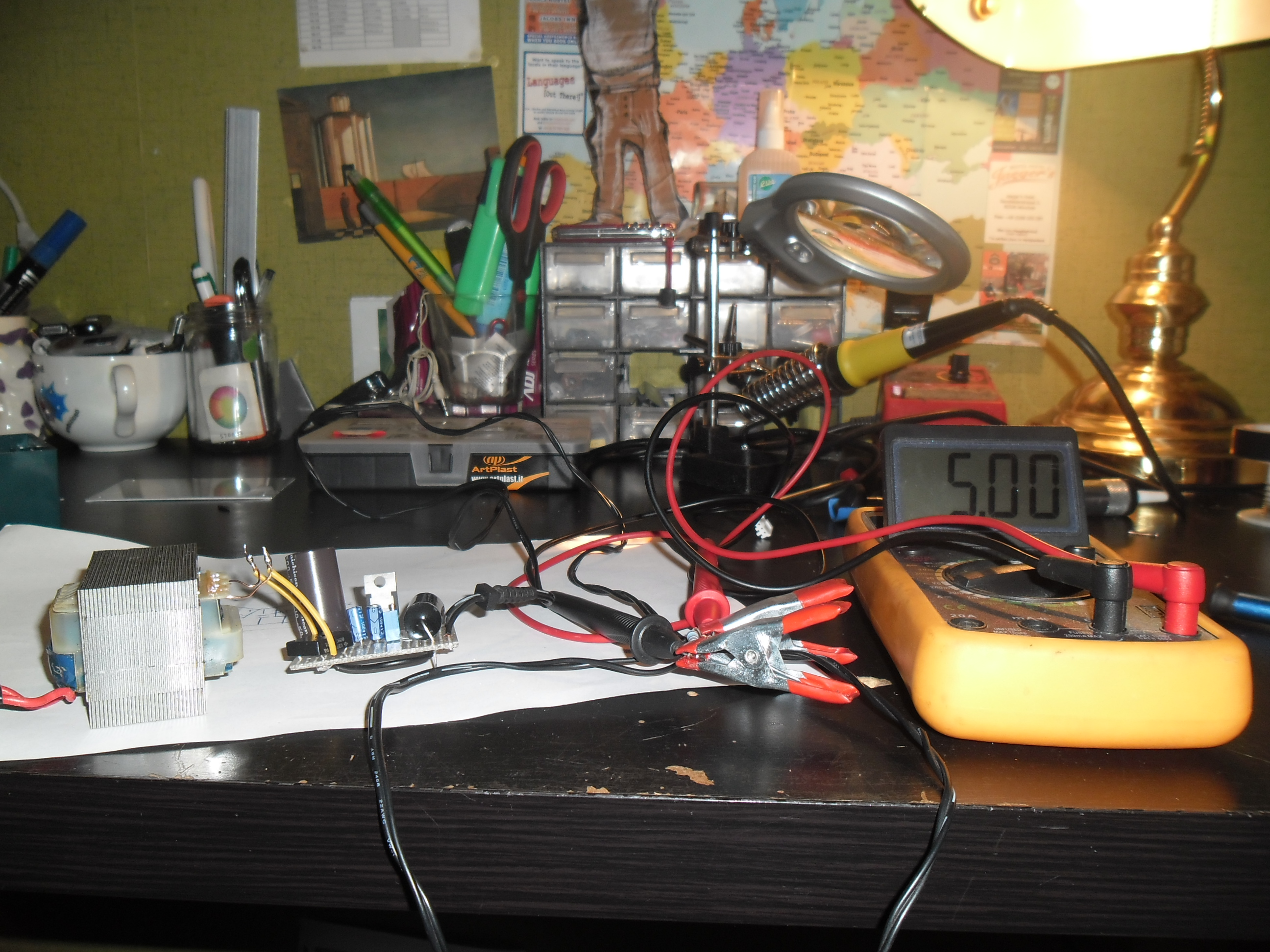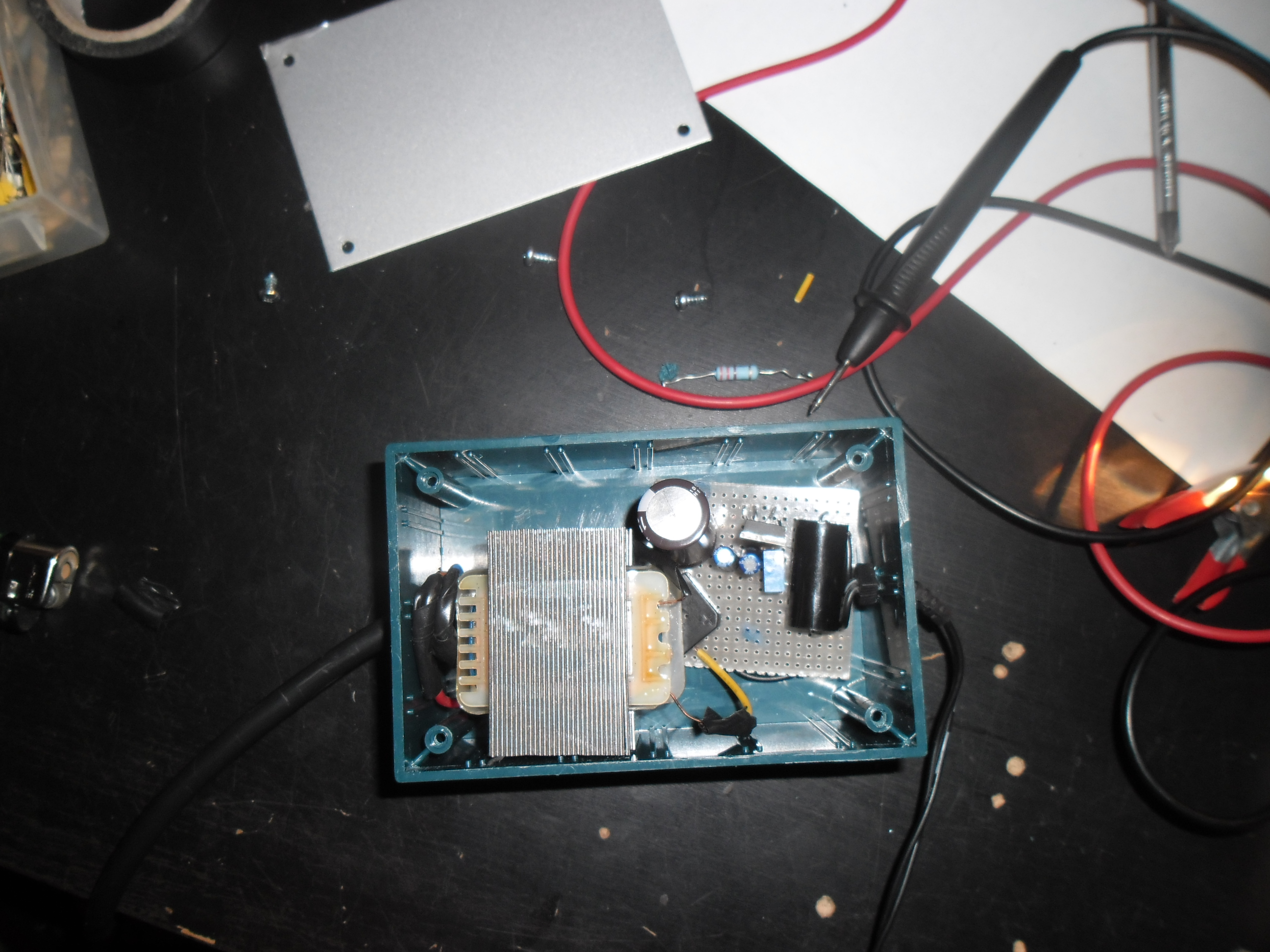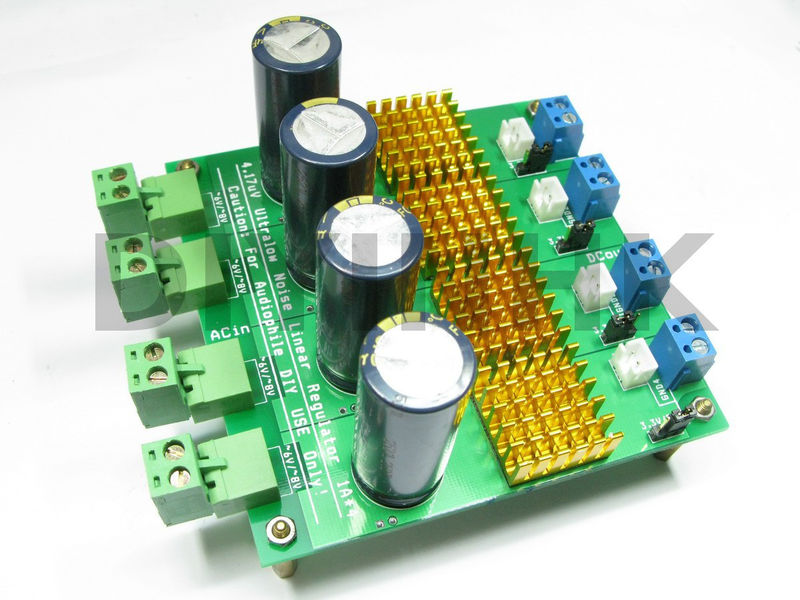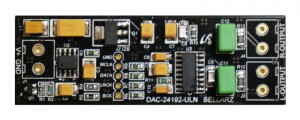L'articolo The best Raspberry Pi power supply sembra essere il primo su RaspyFi.
]]>So that’s why I’m stressing this a lot. Most of the times, malfunctions of the pi are to be tied with a bad PSU. A proper Raspberry Pi Power Supply must be rated (and comply to ratings…) at 5v ( and real world output should be between 4,75 Vdc and 5,25 Vdc) and at least 1 A (if you plan to connect other devices to your Pi).
I tested different PSUs and these were my results:
These are the PSUs I took for comparison. From left to right: a Sony Xperia mobile charger, 2 cheap chinese Psus and a 1A usb Hub PSU.
Without digging into technical details, I can tell you that best results came with the Xperia Mobile Phone charger. Using the third PSU repeatedly corrupted my SD, while the other 2 were ok but sometimes I heard some pop noises from the loudspeakers. So, choosing the best Raspberry Pi Power supply could seem like a random choice, if you’re luck you’ll get one suitable, if don’t you just buy another one and so on. But we don’t want to just pick a random choice, don’t we?
OK, time to get a better Raspberry Pi PSU, the right way.
If you feel like If you want something done right, do it yourself, there are only 2 options for you, mate. Diy or full Diy.
Or this, which I would like to but I fear it might result in an extremely poor WAF, (even if I’m not married…) :
Full DIY Approach
What we do need here is something that is worth the pain of looking for the components, buying them, solder them on a breadboard and put it in a box. If you are the kind of guy who likes all of this stuff, well, this is for you.
The core of a good PSU is it’s regulator. So, for newbies:
In electronics, a linear regulator is a system used to maintain a steady voltage. The resistance of the regulator varies in accordance with the load resulting in a constant output voltage. The regulating device is made to act like a variable resistor, continuously adjusting a voltage divider network to maintain a constant output voltage, and continually dissipating the difference between the input and regulated voltages as waste heat. By contrast, a switching regulator uses an active device that switches on and off to maintain an average value of output. Because the regulated voltage of a linear regulator must always be lower than input voltage, efficiency is limited and the input voltage must be high enough to always allow the active device to drop some voltage.
Linear regulators may place the regulating device between the source and the regulated load ( a series regulator), or may place the regulating device in parallel with the load (shunt regulator). Simple linear regulators may only contain a Zener diode and a series resistor; more complicated regulators include separate stages of voltage reference, error amplifier and power pass element. Because a linear voltage regulator is a common element of many devices, integrated circuit regulators are very common; linear regulators may also be made up of assemblies of discrete solid-state or vacuum tube components.
https://en.wikipedia.org/wiki/Linear_regulator
What I used for my custom PSU is a relatively new devices, which is rated by audiophiles to achieve similar measures to a battery, amazing. Isn’t it? I’m talking of the LT3080. What we’re gonna do is basically find a suitable transformer to get an AC voltage of, let’s say, 12 volts. Then, use a single resistor or a trimmer to set the desired output voltage. It took me some hours to get it finished, but I’m pretty pleased with the result. Here is the application diagram:
From the top. Notice that is very compact in size, and doesn’t need any heatsink.
Bottom view, pretty simple layout…
Testing it. On an incredibly tidy desktop.
Boxed, the final size is about the same as the Pi. Nice work indeed.
This PSU will cost you around 30 euro plus some labor hour. As I said before, this is quite a good result, and I had lot of fun doing it. But, if I would have knew… I’ve choosen the next method… You’ll see why. In the end, as I told you, I do want the best raspberry Pi power supply available…
The sunday Diyer option
Lately I found several chinese ebay stores, and with them came my personal gizmo heaven. Not my pocket’s one. I found a perfect solution for powering a raspberry Pi, a DAC, a transport and even an hard drive, if you need it. This is the optimal solution, since you get 4 different voltages, to power up 4 different devices. Here, you can really squeeze out all the quality of your little Pi, powered with RaspyFi obviously… What are we talkin about?
Here it is, in a tiny board we have 4 ultra low ripple TPS7A4700 voltage regulators. Which has pretty impressive specs. You can choose to have 5 Vdc or 3,3 DC. So you can directly feed your Dac or your transport. Add to this 2 2×6 10vA power transformers or find 2 in your house… these listed are just enogh with 800 Ma, if you wish to have confortable amount of current just go with 2 toroids. Then box it, with your Pi, your dac and everything you want. I can say my personal quest for the best raspberry pi power supply has finally come to an end…
I just ordered this, I think it will beat all these fancy USB PSUs sold for 200 euros… iUSB reminds you something?
This is the link where you can buy this amazing PSU. I ordered mine today, and sincererly can’t wait till it comes. I know in the end it doesn’t come cheap, I guess it will cost more than 100 euro when finished. But I’m not gonna worry no more about the quality of my PSU. In the end, I’m having 4 different PSU’s of exceptional quality. And I think I’ll get lot of audible benefits… I will use it to power up my Pi, my XMOS2 + SABRE 9023 DAC (the DAC and XMOS will have different power rails… bye bye USB crappy DC). And I’ll have one remaining hi-quality 5v rail. I could use it for an headphone amp, for example. All in the same box. Guess this is the final piece of my Reference Audio Server, powered by RaspyFi. Guess this could put into shame hi-end devices…
And you, guys? What is your idea for the best raspberry Pi power supply?
L'articolo The best Raspberry Pi power supply sembra essere il primo su RaspyFi.
]]>L'articolo Building my reference dac (xmos2 to i2s dac sabre 9023) sembra essere il primo su RaspyFi.
]]>But today the postman knocked on my door. And nothing is gonna be like yesterday (maybe exaggerating lol).
He got me an xmos usb receiver I ordered from China some time ago. It features a brand new xmos receiver, a damn efficient oscillator and some pretty coupling capacitors.
Incidently I also have an i2s dac lying around. Well, I thought, I can connect em just to see if it works, then I’m gonna back to work. So, connected 12 v dc to the dac (from a stabilized linear psu) I got lying around, connected via i2s, connected via RCA to my hybrid pre… And then… Magic happened.
This combo sounds astonishingly good! What a detail, what a prat, what a soundstage! It even makes me look more handsome!
So I am so happy I wanted to share briefly this with you. This combination sounds really awesome.
Guess you want the recipe, don’t you?
1- Get RaspyFi, if you didn’t, and flash the 1.0 beta
2- Get this
These are the specs:
● ES9023 DAC Chip
● 0.1% Low Noise Thin Film Resistors at Signal Pass and Regulator Circuit
● Low ESR Tantalum Capacitor
● High Quality SMD Film Capacitor
● WIMA FKP2 Capacitor for Output Filter
● Ultra Low Noise Regulator Circuit
- Noise: 8nV√Hz @1KHz
- PSRR : 106dB
● Gold Plated PCB
● Size: 71 x 24(W x D:mm)
<Specificatron>
● I2S Input(MCLK, DATA, LRCK, BCK, GND)
● Dynamic Range : 112dB
● Output Level : 2.0V RMS
● THD + NOISE : 0.002%
● Resolution/Sampling Rate : Up to 24bit/192KHz
● DC Offset : <4mV
● Supply : Regulated or Unregulated 6~20Vdc/31mA
And trust me guys, it’s well worth it. And it costs less than 40 euros!!!! A sabre dac! It is compatible out of the box with linux (RaspyFi of course) and mac. And it comes with a very feature-rich driver for Win.
UPDATE
You can also have this DAC, as an alternative:
I received mine few days ago, so haven’t tried it yet. So I cannot say anything on this DAC, only that is compatible with the i2s transport listed above
Then,
-Get this
Here the specs, again:
XMOS 384kHz high-quality USB to I2S PCB with ultralow noise 6.5uV regulator
This is the best USB to I2S PCB for audiophile Diyer to enjoy.
Feature:
1) Newest XMOS chip and uses 48MHz oscillator to asynchronous reclock usb audio data to I2S line, old XMOS uses only 13Mhz oscillator, over 4x better jitter rejection theoretically.
2) 6.5uVrms Ultralow noise linear power regulator (use of decade old LM317/1117 regulator is kidding for audiophile)
3) Solid ground plane (a must for high speed digital circuit)
4) No Via in active circuit (via inductance always create jitter problem)
5) FOX ultra low ppm oscillator and Murata capacitor sourced from Digikey USA (guarantee no fake product from China)
6) Gold plate USB connector (Molex, FCI, or other depends on stock)
7) Compact size 50mm x 30mm
8) PCB is USB powered(default). Diyer expert can remove FB1 and use 5V external power connect to CN1(warning: over-voltage or reverse-voltage can damage the xmos chip immediately, any modification void item warranty)
9) Extreme diyer can cut and install series resistor in the pre-allocated 0805 footprint space in the I2S line to match their DAC line impedance
No drivers needed for MAC OS version 10.6.4 and above
No drivers installation required for Linux with UAC2 compliant kernel
ASIO/KS/WASAPI/Direct Sound drivers for Windows XP to 8 (32 and 64 bit)
Fully featured Thesycon driver package (without 30 min. periodic beeps)
UPDATE :
I’m currently building another step up of my Reference DAC. It sits on a completely different level from the ones you have seen before on RaspyFi, in terms of performance, build complexity and pricetag. But on paper, it seems that I’m gonna end up with something truly impressive. It will feature :
- The top end ESS SABRE 9018, in a 7.1 configuration (yeah, I really meant 7.1)
- XMOS2 USB Input via i2s
- Optical and coaxial input
- Both balanced and unbalanced analog out
- Separate and improved clock
The Recipe is :
- A custom 4x8vac 1A PSU custom built from Audiophonics.fr
So, on paper, this DAC could be an ending point for every audiophile around. But its building is something really challenging, so please start this adventure only if you are an experienced DIYer. I’m going to document the building of this DAC in a future article, since it really deserves a careful and comprehensive explanation. I looked out for months to find the best recipe for me, this is what I ended up with. So again, if you want something really over the top this is what you’re looking for, mind that it’s gonna need quite some time and expertise to be built.
So, what?
This combination, xmos2 usb receiver + i2s dac sabre 9023 connected via i2s is the best dac I had so far. And it’s something really bang for the buck, as chuck norris could say, if you think that it costs only around 90 euros! You only have to find a good case and a good psu.
This is how it is sounding today, and if I think that the i2s connection wire is 10 cm long, I’m even happier. I will cut them ending with a 2 cm wire, feed it with 2 separate shunts (the receiver can be fed with it’s own psu, isolating it from usb’s crappy dc). And then heaven…
Connecting them is extremely easy as well, even my gf could do it…

Guys, once again, trust me. You’re gonna build a killer music player for less than 150 euros. RaspyFi + Xmos2 + Sabre9023 and your hi-end friends are gonna be sooo sad when listening to what you have for that!!!!
I’ll keep you updated with the building of my reference dac, and review it more deeply. Now is only to share the joy! You’ll gonna thank me!
L'articolo Building my reference dac (xmos2 to i2s dac sabre 9023) sembra essere il primo su RaspyFi.
]]>